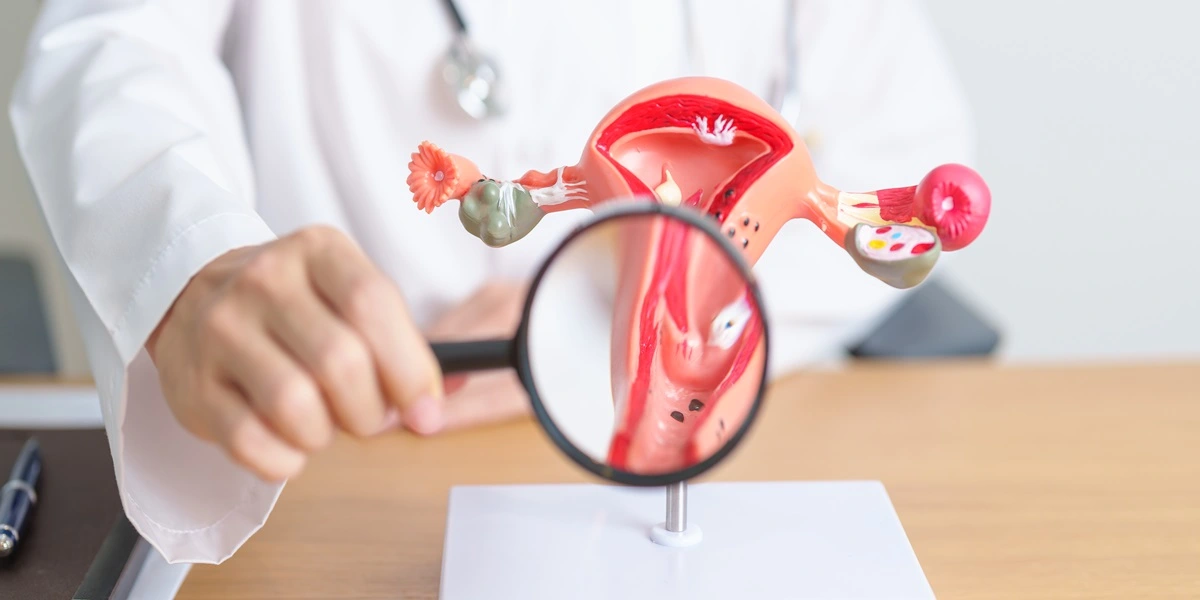Is Stem Cell Therapy a Game-Changer in Diabetes Management?

The World Health Organization has ranked diabetes as an epidemic owing to its growing global burden. It is estimated that the number of people with diabetes may rise to 700 million by 2045.
Complete reversal of diabetes is still challenging, and most treatments manage symptoms well; however, the long-term complications related to diabetes remain.
The pursuit of the holy grail, a permanent natural cure for diabetes, has led the biotech industry to develop a diabetes cure with stem cells.
What Are Stem Cells?
Stem cells are special cells with the capacity to renew themselves. They are usually sourced from umbilical cord blood, bone marrow, tooth pulp, etc., and are used to regenerate other tissues and organs in the body.
Their ability to multiply into different types of cells quickly makes them a game-changer in research for the treatment of chronic diseases like diabetes, neurological issues, tumors, etc. Treating diabetes with stem cells offers a promising future for curing the disease permanently.
Treatment of Diabetes With Stem Cells
Stem cell treatments for diabetes have started a new era in diabetes management. Let us understand stem cells in diabetes in detail:
The two main types of diabetes include:
- Type 1 diabetes: an auto-immune variety in which the pancreatic cells (beta cells) are unable to produce sufficient amounts of insulin. The treatment is focused on supplementing the body with insulin (either oral or insulin injections)
- Type 2 is linked to both genetic and lifestyle risks, wherein insulin production is sufficient but cannot be efficiently used. Medications are necessary in this case to boost insulin use.
Diabetes management in both cases demands regular monitoring of blood sugar levels, medications, diet and lifestyle modifications, and stress management. Stem cell therapy for diabetes can reverse the disease by generating insulin-producing cells in the pancreas for better control of blood glucose levels, offering a medicine-free life.
A Brief History Of Stem Cell Treatments For Diabetes
In India, stem cell treatments for diabetes have evolved gradually. While the early 2000s saw experimental use, recent years have witnessed increased research and clinical trials.
With some of the leading biotechnologists, diabetologists, and laboratory facilities in the world, India offers some of the best centers for treating diabetes with stem cells.
To explore the possibility of stem cell therapy for diabetes, it is preferable to consult clinicians specializing in diabetes care or participate in relevant clinical trials. It is critical to discuss the potential risks, benefits, and alternative treatment options when considering stem cell therapy for diabetes.
How Does Stem Cell Therapy for Diabetes Work?
Stem cells are sourced from tissues like adult mesenchymal cells (AMSC) to initiate the treatment of diabetes with stem cells.
Stem cells have the unique ability to differentiate into a variety of cell types, in this case insulin-producing beta cells for diabetes treatment. Once transformed into insulin-producing cells, these stem cells are injected or otherwise inserted into the patient’s body.
Ideally, the newly injected cells will integrate with the pancreas, triggering insulin production and regulating blood glucose levels in diabetics. Post-therapy, patients may require monitoring to ensure effective stem cells cure diabetes.
Research suggests a few critical factors to consider when determining if stem cell therapy diabetes is effective:
- Controlled blood sugar levels on testing that is sustainable
- Higher insulin production, as per blood tests
- The stem cells cure diabetes should be sustainable without early recurrence.
Potential Benefits and Drawbacks of Stem Cell Treatment in Diabetes
1. Pros of stem cell therapy diabetes:
- Cures the Root Cause: Stem cells have the potential to replace injured pancreatic cells, hence increasing insulin productivity.
- Reduces the Dependency of Insulin: Successful therapies may reduce or eliminate the requirement for exogenous insulin.
Stem cell therapy attempts to target the underlying cause of diabetes, potentially slowing its progression and complications.
2. Cons of stem cells cure diabetes:
- Stem cell treatments for diabetes are often part of clinical trials and are performed by a few centers across the country making them unavailable for many.
- The complexities of diabetes and stem cell behavior are not guaranteed, and long-term effectiveness is uncertain.
- Expensive: treating diabetes with stem cells may be an expensive option for many in the country.
Latest News in Stem Cell Therapy in 2023
The FDA has approved Lantidra, a first-of-its-kind cellular therapy, for adults with type 1 diabetes who have difficulty controlling their blood sugar. It is intended for people who have recurrent low blood sugar episodes and uses cells from a donor pancreas.
Fittertake
Stem cell therapy holds promise for potential diabetes cures, addressing root causes and reducing insulin dependency. While uncertainties exist, exploring alternatives like Continuous Glucose Monitoring is suggested.
Consulting with diabetologists for personalized advice is important for proactive diabetes management.
If you are looking beyond regular diabetes management, make sure to discuss options such as stem cell therapy in detail with your diabetes coach and research the centers properly. Consider consulting our expert diabetologists on Fitterfly’s Diabetes Care Programme to learn more about this unique treatment for diabetes.
You can speak with us by just giving us a missed call at 08068507599, and we will get back to you. Together, let us make the journey towards healing from diabetes more healthy and enjoyable.
This blog provides general information for educational and informational purposes only and shouldn't be seen as professional advice.
Fitterfly's Diabetes Prime Program
clinical term for Diabetes Reversal

























